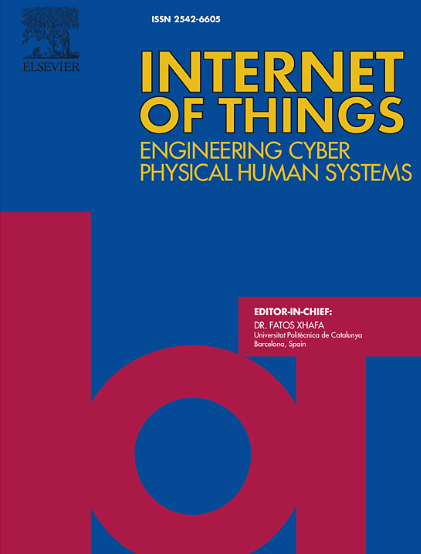IoV-TwinChain: Predictive maintenance of vehicles in internet of vehicles through digital twin and blockchain
IF 6
3区 计算机科学
Q1 COMPUTER SCIENCE, INFORMATION SYSTEMS
引用次数: 0
Abstract
Vehicular networks are experiencing a significant transformation driven by integrating connected vehicles and Intelligent Transportation Systems (ITS). The Internet of Vehicles (IoV) is a rapidly evolving domain within ITS that connects vehicles, infrastructure, and smart devices to facilitate seamless data exchange. This data encompasses vital information, and by leveraging it, vehicles can make informed decisions and adapt to real-time situations. For instance, traditional vehicle maintenance practices often rely on reactive approaches, addressing issues after failures occur, which can lead to safety risks, costly repairs, and disruptions. Thus, there is a pressing need for proactive solutions to identify vehicle failures before they escalate. Accordingly, we propose the IoV-TwinChain framework integrating Digital Twin (DT), Machine Learning (ML), and blockchain for performing predictive maintenance of vehicles in the IoV by monitoring vehicle operating conditions to prevent road breakdowns and failures. DT provides real-time monitoring of vehicle operating conditions, while ML facilitates data-driven predictions for the predictive maintenance of vehicles. The IoV-TwinChain framework utilizes blockchain for data integrity and traceability within physical and twin environments. We implement a Proof of Concept (PoC) of the IoV-TwinChain framework using Microsoft Azure DT, ML models such as Random Forest and XGBoost, and Ethereum blockchain. Additionally, we formally verify the IoV-TwinChain framework correctness using High-Level Petri Nets and Bounded Model-Checking methods. With our PoC implementation and formal verification, we demonstrate that the IoV-TwinChain framework effectively enhances the predictive maintenance capabilities of vehicles in the IoV and ensures the reliability and accuracy of the system.
求助全文
约1分钟内获得全文
求助全文
来源期刊

Internet of Things
Multiple-
CiteScore
3.60
自引率
5.10%
发文量
115
审稿时长
37 days
期刊介绍:
Internet of Things; Engineering Cyber Physical Human Systems is a comprehensive journal encouraging cross collaboration between researchers, engineers and practitioners in the field of IoT & Cyber Physical Human Systems. The journal offers a unique platform to exchange scientific information on the entire breadth of technology, science, and societal applications of the IoT.
The journal will place a high priority on timely publication, and provide a home for high quality.
Furthermore, IOT is interested in publishing topical Special Issues on any aspect of IOT.
 求助内容:
求助内容: 应助结果提醒方式:
应助结果提醒方式:


